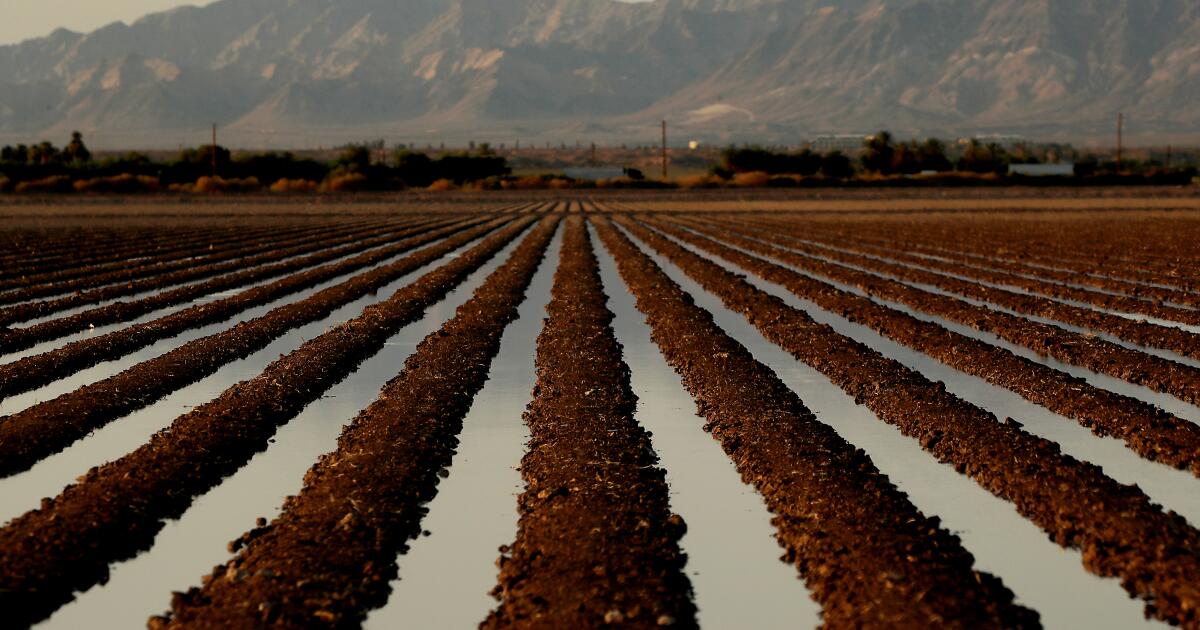Aug. 19, 2025 9 AM PT
To the editor: In Bakersfield during the summer of 1966, most teenage jobs were tied to agriculture, and mine was no exception. Columnist Gustavo Arellano has written about those times with accuracy (“Can homegrown teens replace immigrant farm labor? In 1965, the U.S. tried,” Aug. 14), but my own experience came in a cantaloupe field near Mettler, Calif. I lasted exactly one week.
The work was relentless. A tractor pulled a long conveyor belt through the rows, dictating our pace. As pickers, we spent the day either on our knees or bent over, tossing melons onto the moving belt that carried them to a waiting truck. Breaks were rare — just long enough for the tractor to turn around at the end of a quarter-mile furrow before starting up again.
By the end of each shift, I had eaten enough dust to bury a large dog. The exhaustion wasn’t just physical; it was grinding, joyless labor. After seven days, I knew this life wasn’t for me. In fact, we high school athletes were so inefficient that the growers had to hire a second crew to go back and repick the same field.
Michael Cowan, Torrance
..
To the editor: I grew up in the Willamette Valley of Oregon, and in the 1960s, junior high students were routinely employed to pick strawberries and green beans during the summer. High school students worked the late shifts in the region’s canneries. There were no braceros and, regardless of socioeconomic status, it was a given that the students would work to bring in and process the crops.
Without a doubt it was hard work, but we did what had to be done.
Lori Haythorn, Westchester
